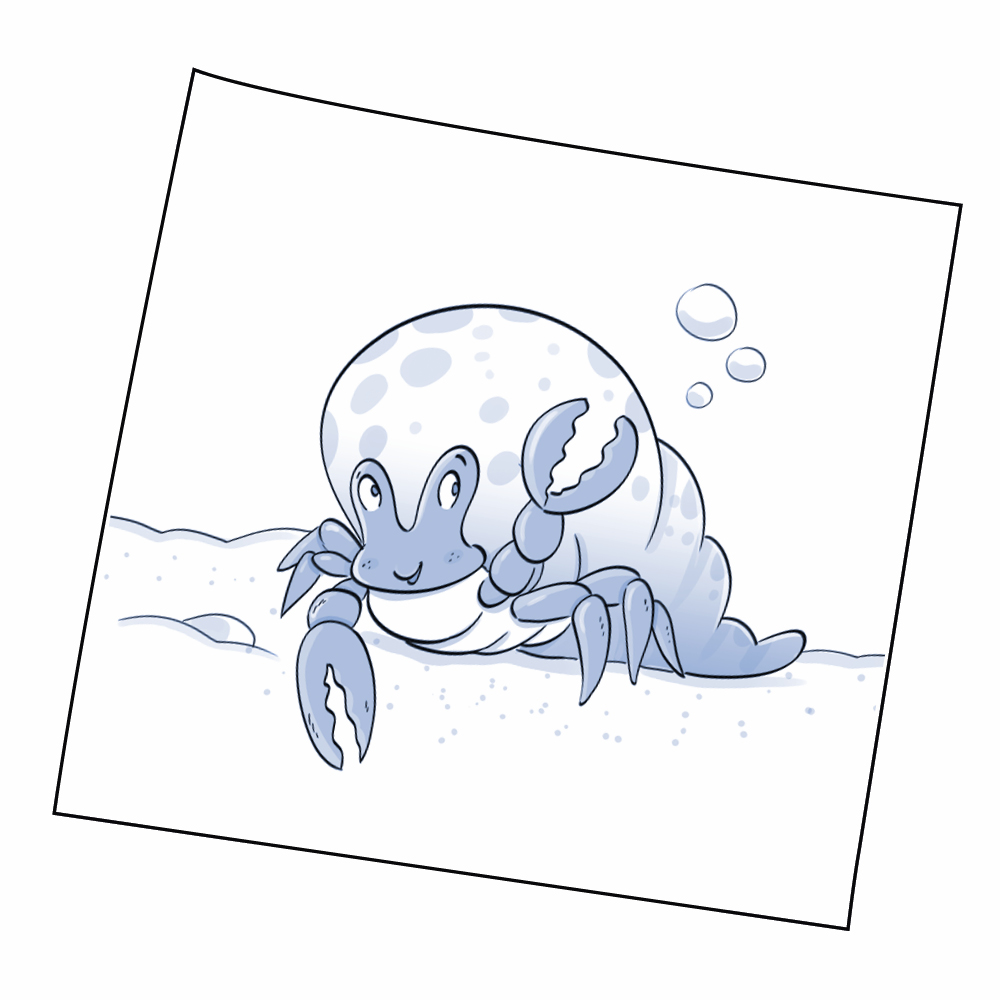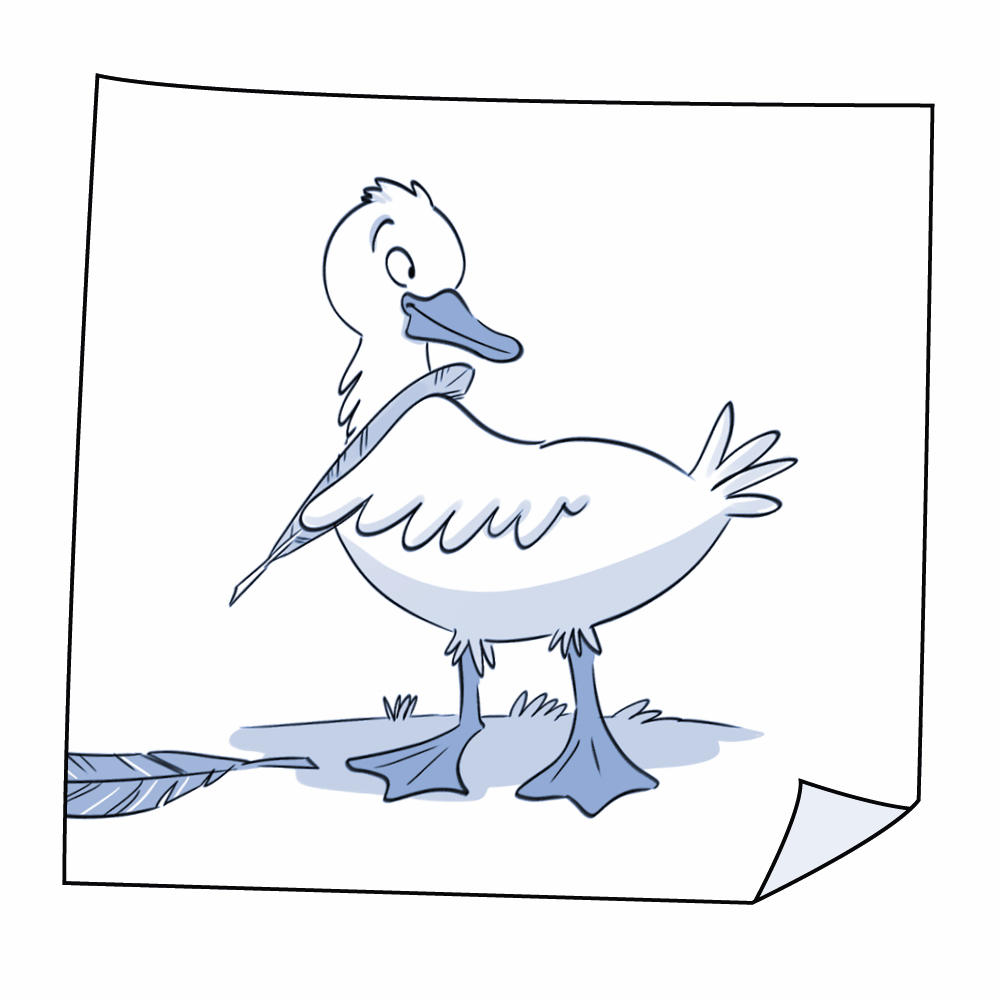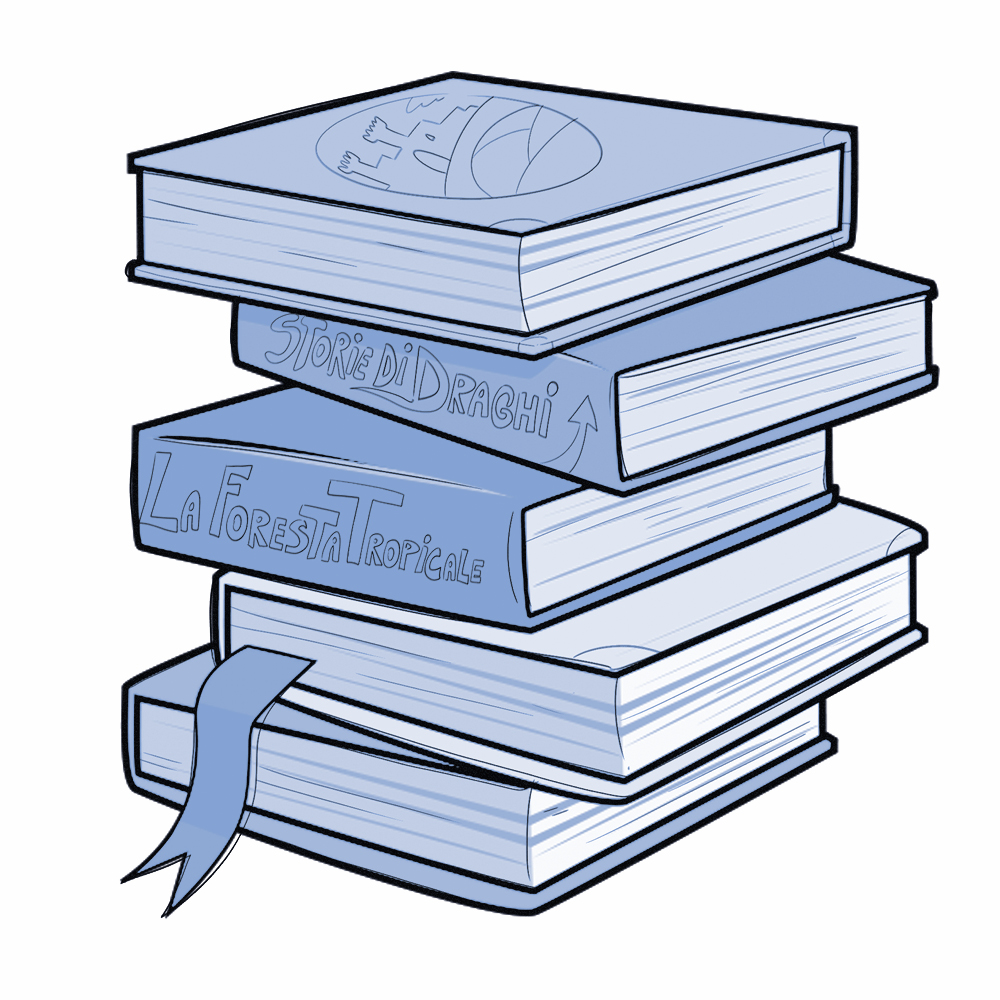 EN
EN
 PT
PT
Metacognitive activities for secondary school
Product: Book
Trim size in cm: 21x29,7
Pages: 134
ISBN: 9788859015925
Publication date: 01/05/2018
Suitable for: Lower secondary 1st level (ages 10-11)
REQUEST A SAMPLE OR MORE INFORMATION
A good part of a student’s success in school depends on being able to write an understandable and efficient text in a fluid manner, which is a complex skill. It requires not only a good command of spelling and syntax, but also the activation of metacognitive skills to monitor the relevance of the content and ensure consistency, clarity and incisiveness of the text. Students with learning disorders – but not only – encounter specific difficulties in activating reflexive processes of anticipation, planning and revision, with the risk that writing tasks will create feelings of frustration, and inadequacy in the student, and result in unsatisfactory results. The program presented in this volume provides suggestions and guiding instructions, encouraging students to take a committed and intentional attitude towards writing. Each of the 11 stages of the course present the student with indications on the strategies to be implemented, through activities that stimulate an authentic interest in writing. In particular, the following topics are addressed:
The proposals are designed for flexible use by the secondary school teacher, combining individual and group activities, at various levels of facilitation and difficulty.
Introduction
CH. 1 Composing a written text and writing difficulties
CH. 2 The plan and the structure of the composition
Bibliography
FIRST PART – The writing process
Step 1 How to organize yourself for writing a text
Step 2 How do you write at school?
Step 3 Preparing yourself to write – brainstorming
Step 4 Organizing your ideas – planning
Step 5 Revision
SECOND PART – Different types of texts
Step 6 Descriptive text
Step 7 Narrative text
Step 8 Informative-expository text
Step 9 Persuasive text
Step 10 Expressive-emotional text
THIRD PART – The summary
Step 11 How to summarize
Conclusions

A book that helps secondary school students write with pleasure
Writing is a process which is as important as it is complex, and upon which a large part of school activities depend. Being able to write a text in a fluid, understandable and effective way is nevertheless a complex activity, which requires the activation of different skills and competencies.
The book "Written Text Production Workshop" aims at being a strategic tool to help secondary school students plan their writing process in an orderly and intentional manner. It is geared towards secondary school students with writing difficulties or learning disabilities, however, given its structure at various levels of facilitation and difficulty, it can also be used for students without specific problems and/or with the whole class.
STRUCTURE OF THE BOOK
The book is divided into 3 parts that guide the student on a journey of conscious writing:
The student is accompanied along the way by two friendly character guides:
 Mix the Hermit Crab will help you reflect on what writing means
Mix the Hermit Crab will help you reflect on what writing means
 Ka the Goose will tell you when it is time to practice
Ka the Goose will tell you when it is time to practice

FIRST PART- The writing process
In this first part the theme of written expression is dealt with in a general way, offering the student different suggestions and strategies. The writing process in its main phases is analyzed: the production and organization of ideas, and the revision of the text. Exercises and reflections are given for each of these phases.

SECOND PART - Types of texts
Several kinds of texts are described (descriptive, narrative, informative-expositive, argumentative, expressive-emotional), which may require different strategies to be effectively dealt with. Also in this case metacognitive reflections, exercises and different examples of written texts are given.

THIRD PART - The summary
Here the topic of the summary is addressed, a particular writing task, but very frequent at school and important for study. A separate section is dedicated to this type of writing task because it has several aspects in common with written expression but in part, differs from it.
INTENDED AUDIENCE
The book is divided into 3 parts that guide the student on a journey of conscious writing:
The activities suggested in this book are designed to be used flexibly by the secondary school teacher, combining individual and group activities, at various levels of facilitation and difficulty. It is suitable for children with writing difficulties or learning disabilities, however, given the characteristics of the structured program in gradual minimum steps, it can also be used for students without specific problems or with the whole class. It is also a great tool for parents who want to help their children acquire the skills necessary to write effortlessly.
Look through some pages of the book that have been translated into English to facilitate evaluation
THE AUTHORS
Gianna Friso Psychologist, specialized in learning psychopathologies. Anna Maria Re University professor, her main areas of expertise and research deal with specific learning disorders and ADHD. Barbara Carretti University professor, her area of research includes learning and memory. Giovanna Pietrobon Expressive therapy workshop leader and middle school teacher.